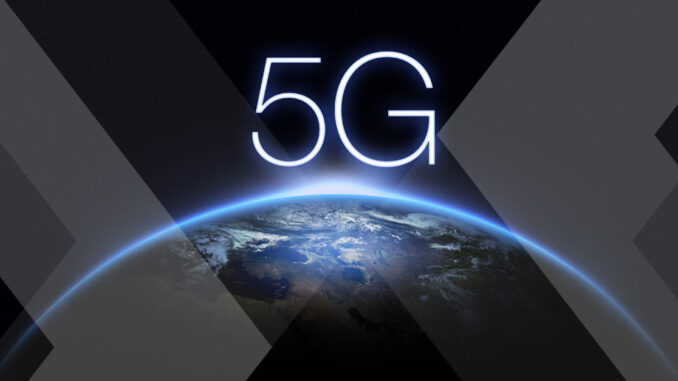
The 5G standardizing process is a complex and lengthy procedure involving various stakeholders from across the telecommunications industry.
It encompasses the development of technical specifications and standards necessary for the implementation and deployment of 5G technology globally. Here are the key steps and components involved in the 5G standardization process:









Involvement of Various Entities: The process involves participation from mobile network operators, equipment manufacturers, software providers, academic institutions, and regulatory bodies.
Key Organizations: Major organizations involved include the International Telecommunication Union (ITU), the Third Generation Partnership Project (3GPP), and the Institute of Electrical and Electronics Engineers (IEEE).
Requirement Gathering: Stakeholders identify potential use cases for 5G, such as enhanced mobile broadband (eMBB), massive machine-type communications (mMTC), and ultra-reliable low-latency communications (uRLLC).
Market Needs: Understanding market demands helps in defining the key requirements for the new technology.
Frequency Bands: Identification of suitable frequency bands for 5G is crucial. Regulators and organizations like the ITU allocate frequency bands that can be used for 5G deployments, including sub-6 GHz and mmWave frequencies.
Global Harmonization: Efforts are made for global harmonization to avoid interference and ensure interoperability between different regions.
3GPP Releases: The 3GPP, a key body in telecommunications standardization, is responsible for creating different releases of the 5G standards (e.g., Release 15, Release 16).
Documents and Reports: Development of technical reports (TR) and technical specifications (TS) that detail the architecture, interfaces, protocols, and functionalities of the 5G system.
Interoperability Testing: Rigorous testing is conducted to ensure that different vendors’ equipment can work together seamlessly.
Field Trials: Real-world test environments are created to simulate various scenarios and validate performance against the defined standards.
Adoption of Standards: Once the specifications are developed and tested, they are finalized and officially adopted by the relevant standardization bodies.
Publication: The standards are published and made available for industry stakeholders to implement.
Deployment: Telecommunications companies begin deploying 5G networks based on the established standards.
Ongoing Updates: As technology evolves, the standardization process continues, with updates provided through new releases by 3GPP and other organizations to address emerging needs and technological advancements.
Regulatory Compliance: Operators must ensure their equipment complies with standards set by regulatory bodies to ensure safety and interoperability.
Certification Programs: Various certification programs may be established to validate that devices and infrastructure meet the defined 5G standards.
The 5G standardizing process is a collaborative effort that requires the coordination of numerous global stakeholders. The process not only lays the groundwork for 5G technology but also ensures its capabilities can be harnessed effectively for various applications across different sectors, including telecommunications, healthcare, transportation, and more. As the industry continues to evolve, standardization remains vital to support innovative services and maintain competitive and interoperable networks globally.


Leave a Reply